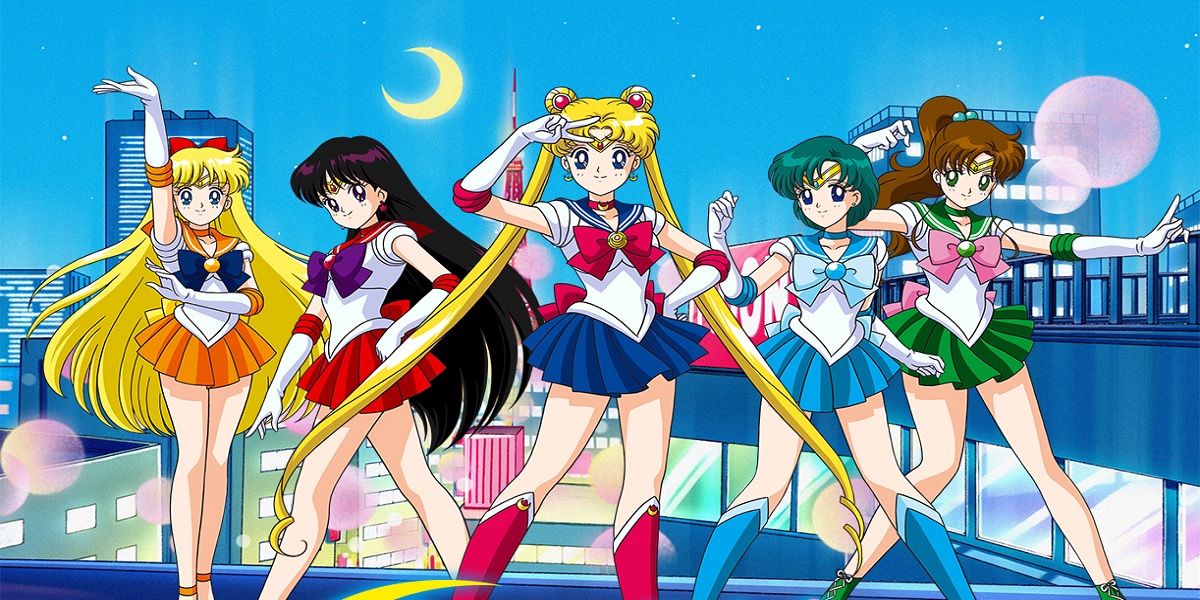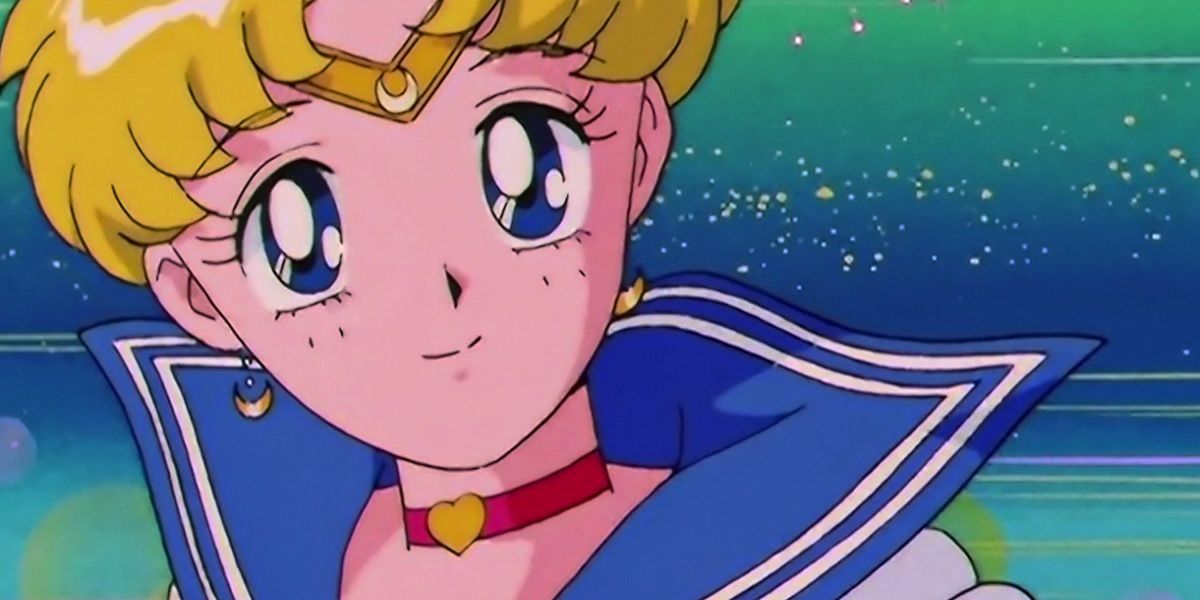Making her manga debut at the age of nineteen, Naoko Takeuchi entered the industry at a time when the medium was nowhere near as lucrative as it is today. Although worthy of recognition, Takeuchi's breakout is a mere footnote in her extensive list of feats.
Takeuchi's third serialized manga and magnum opus, Sailor Moon, debuted on December 28, 1991. In one year, the adventures of Usagi and the Sailor Senshi would go on to receive rave commercial acclaim, spawning an anime adaptation along with multiple companion movies. The transition from the Eastern to Western hemisphere would prove to be one of the series' greatest hurdles.
By 1995, Takeuchi had not only a successful manga studio but two smash hits under her belt. With the anime adaptation of Sailor Moon having grown into a national icon, it was time to take the franchise overseas. At this time, most American audiences' exposure to Japanese animation came from late-night cable television blocks or poorly translated bootlegs and had yet to grow beyond a niche following. However, much of Takeuchi's success in North America would not be owed to clever marketing or a solid English dub, but rather to a dedicated fan base and, oddly enough, Pop-Tarts.
Sailor Moon's North American syndication is a story that must be told from the separate perspectives of audiences in both America and Canada. When it came to dubbing Sailor Moon, Toei Animation (best known for Dragon Ball and One Piece) would place their trust in DiC -- a decision that would go down in infamy and nearly cost the series its Western audience. Censorship, the cutting of five episodes and changes to character backstories would go on to create a beast that only bore a slight resemblance to what came before. Poor performance with US audiences eventually led to the cancelation of its original syndication after only airing up to the first half of the second season.
Thankfully, Sailor Moon's cancelation would not be the nail in the coffin for Western viewers, as the show was supported by the community DiC left behind. North of the United States, Sailor Moon's popularity was substantially more pronounced, leaving Canadian fans confused at DiC's decision. In response, a group called 'Save our Sailors' (or SOS for short) was formed to revive the English dub from the ashes. On December 14, 1996, SOS embarked on a 'procott' (the opposite of a boycott) of Strawberry Frosted Pop-Tarts to court sponsors for the English version of the anime, although the effectiveness of this campaign is debatable.
With no way to get their fix, fans had to resort to adding English subtitles to pirated VHS tapes sold in local video stores. These pirated VHS tapes exposed people to a version of the narrative free of DiC's revisions, providing them with a Sailor Moon much closer to the source material. In 1997, a petition was filed sporting over 12,500 signatures. This fan activism was enough to convince General Mills to pick up syndication via the Program Exchange. Newcomers and veterans to the series would be graced with the return of Sailor Moon on June 9, 1997. The USA Network started airing reruns of the original dub while DiC ramped up production on the remaining seventeen episodes of the second season.
Behind the scenes, there were forces at work that would transform anime's niche status and catapult Sailor Moon into the hearts of mainstream audiences. When avid anime fans Sean Atkins and Jason Demarco were tasked with compiling content for Cartoon Network, they made it their mission to conscript the talents of the Sailor Senshi. Come June 1998, Atkins and Demarco had their wish granted, and Sailor Moon found its new home on Cartoon Network's afternoon anime block, Toonami. The series performed so well with audiences that work began on dubbing the third season of the series. This success proved critical for not only Sailor Moon but anime as a whole, as it inspired network executives to take risks on titles such as Dragon Ball Z and Pokémon.
Sailor Moon went on to spread like wildfire in North America, inspiring subsequent dubs in over 45 other countries along with building lucrative markets for merchandise wherever episodes could be found. It is hard to picture a world where Usagi Tsukino isn't a pop culture icon, but that could have been the case had there not been people at the ground level fighting to keep it on television. This is why Naoko Takeuchi's greatest accomplishment isn't revitalizing the magical girl genre or inspiring future generations of mangakas -- it's the zealous fanbase that didn't give up on the Sailor Senshi even when it felt like the rest of the Western world did.

.jpg)

